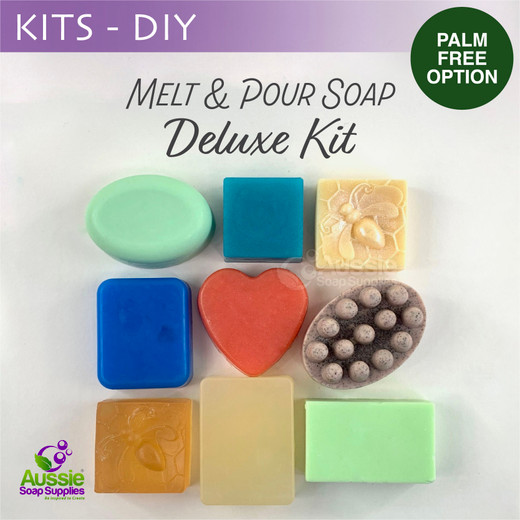If you have a query about Melt & Pour Soap please read on …. the answer is probably here!
Frequently Asked Questions about Melt & Pour Soaping
It may take some practice and patience to perfect advanced soaping techniques, but Melt & Pour Soap is very easy to get started with, and it’s great fun!
Scroll down to read information on:
- Sweating – How to Deal with this frustration
- Unmoulding – My soap is stuck!
- Layering – Pouring multiple Layers
- Adding Exfoliants and Clays to Melt & Pour Soap
- Embedding - Into loaf moulds and single cavity moulds and using toys and goldfish
- Using offcuts and left over soap
- Spritzing with Alcohol and Water Loss – Why?
- Fragrance and Essential Oil Usage Questions
- Adding herbs and flowers
Sweating – How To Deal With This Frustration
Sweating! Why do my Soaps get water drops on them?
Our natural bases exhibit very little sweating in comparison to some soap bases, particularly those that have been melted by the supplier. However, this can occasionally occur if the base is overheated or the weather is particularly damp and wet (think tropical weather). When you see beads of moisture on glycerin soap, it is not actually “sweating”; the soap is absorbing moisture FROM the atmosphere. If your soap does “sweat” it is purely aesthetic, and you can simply wipe it away – it’s still fine to use. Glycerine is a humectant, which means it draws moisture to the skin. It is also 'hygroscopic' which means that it takes up and retains the moisture – particularly during humid or wet weather. This is why you should wrap your soap as soon as it has rested a while. The best ways to avoid sweating are:
-
Be careful not to over heat the base. The optimum melting temperature is 55 - 65°C depending on the variety. If you heat the soap above this; it will “sweat” badly and have a high degree of water loss, which affects its composition.
-
Wrap your glycerin soap bars within a day or so, particularly in humid or damp weather, as the soap attracts moisture and will appear to “sweat”. Avoid using cling film as this doesn’t age well with soap; try cello sheets, bags or wraps or shrink bags.
-
Store the unused/unmelted base in an airtight bag or container to avoid it absorbing moisture in between soaping sessions.
Unmoulding – My Soap Is Stuck!

How do I unmould my Soap?
Firstly, ensure your soap is COLD – this means completely set at room temperature. If you are trying to take still warm soap from a mould, you will run into problems. Make sure the soap has set completely, and the temperature and hardness are the surest guides. Virtually all our moulds are now flexible silicone, so you simply pull the edges away from the set soap, invert the mould and slide your thumbs across the base and the soap eases out onto the bench. If they are the thinner style, you can simply peel the mould away from the set soap and voila!
See this link for usage and care of our range of Silicone Soap Moulds
If you have been gifted some of our older, more rigid plastic style moulds it can be a little trickier. The best way to remove Melt & Pour Soap from these moulds is to take a fairly thin, flexible spatula and simply run this around the inside of the mould walls - this allows some air to be introduced between the wall of the mould and the soap. Then turn the mould upside down and run your thumbs from the outside of the mould towards the centre, exerting gentle, but firm pressure. The soap will simply pop out onto the bench, if proving a little stubborn; a gentle tap on the workbench will usually do the trick.
If you experience any problems, half an hour in the refrigerator will help, but this isn’t recommended as a routine way of setting your soap. If you were in a hurry, and chilled the soap, allow the mould to return to room temperature before attempting to unmould – this avoids damage to the mould. Using the fridge and freezer does encourage sweating and may cause layers to separate.
Note: If you try and release the soap from the rigid moulds by force you will damage and possibly crack plastic moulds. Plastic moulds are not designed to withstand this sort of treatment.
We have individual pages on the previous, more rigid style of moulds we used to stock here: Heavy Duty and Premium Moulds Care and Usage Sheet or 3D Moulds. Or you can see all the mould care tutorials on THIS link.
Layering Soap

How do I layer different Colours?
To create a rainbow or any layered soap is very easy when you know how! Calculate the weight of soap required for your finished log/bar and divide it into a separate container for each colour. Use scales for accuracy.
- Melt the first portion, and colour it and pour into the mould. Spritz with alcohol.
- Whilst this is setting, melt the second colour portion, and when the first layer is still a little warm, but solid enough to support a layer of soap, spritz well with more alcohol
- Then carefully pour on the next layer, ensuring it isn’t too hot – it will melt the under-layer if it is too hot. Spritz immediately with alcohol to remove any bubbles
- Continue with this method until you have completed pouring all the layers.
BIG TIP: Use non bleeding colours (Liquid Pigments, Micas and Dispersions) unless you want the coloured layers to all meld and bleed into one big tie dyed mass
Why did my layers fall apart when I unmoulded?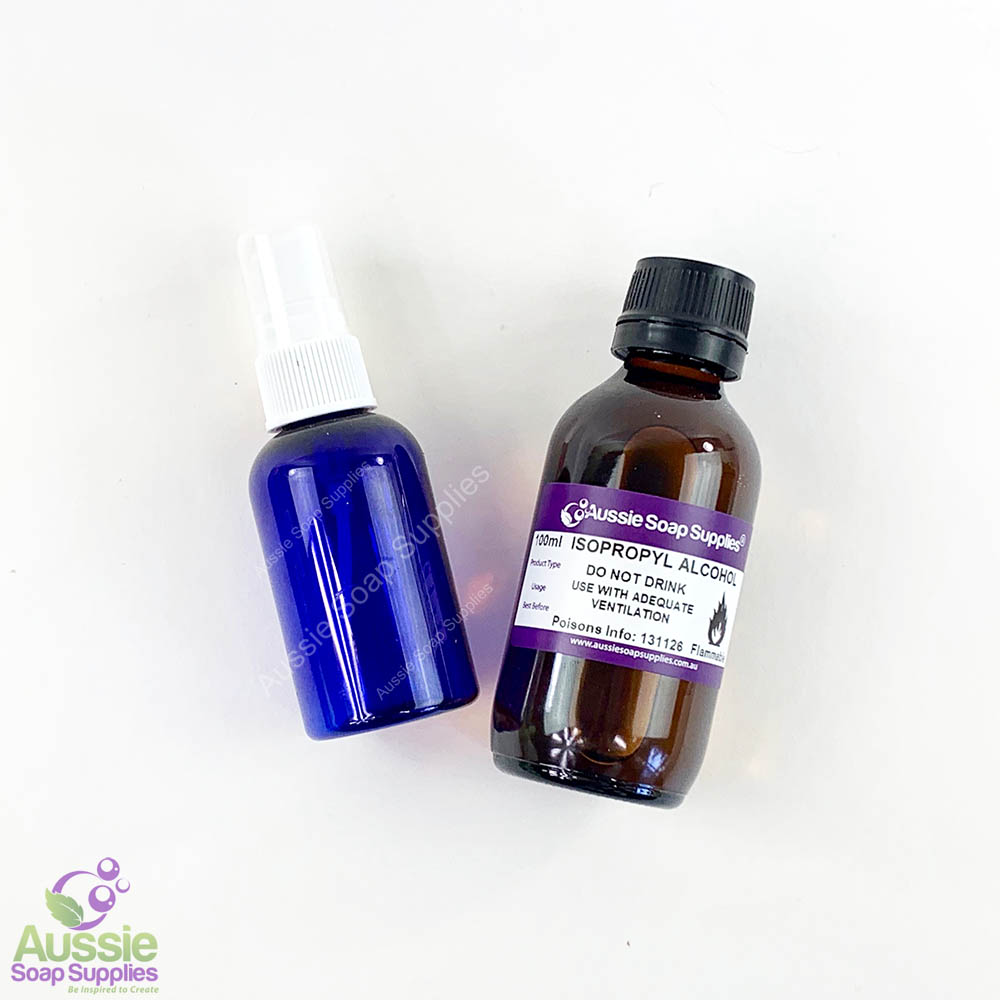
There are a couple of things to check if your layers peel apart when you are unmoulding or slicing the soap.
- You either forgot to spritz with Isopropyl Alcohol, or didn’t use enough alcohol to “glue” the new layer to the one underneath. So liberally spritz that alcohol!
- You may have allowed the previous layer to get too cold before the next pour. The first layer should still be warm when the next layer is poured. Timing and temperature is the key to working with layered soaps. Allow each layer to form a skin solid enough to hold the heat and weight of the new layer before pouring the next layer. Use your finger to “test” the strength of the skin before doing the overpour.
Adding Clays and Exfoliants to Melt & Pour Soap
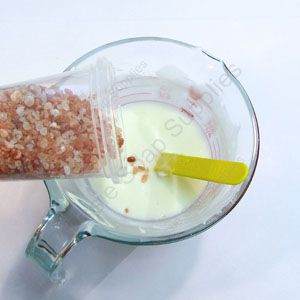
My Exfoliants Sank!
- The usual reason for exfoliants sinking in your soap is that you poured the soap when it was too hot. The heavier the exfoliant, the cooler the soap needs to be before you pour. For instance, Loofah rarely sinks to the bottom, but Ground Pumice Stone, Walnut Shell and Bentonite Clay Beads are quite heavy, and you must allow the soap to cool a little before pouring. If it has become a little too cool, just give it a little "nuke" to melt it again and re-pour
- When adding Clays to Melt & Pour it is best to moisten it before adding to the liquid soap - this avoids any dry clumps or pockets of air. You can use a very small amount of Water or Glycerine, or even the Essential Oils or Fragrant Oils to moisten prior to adding to the soap.
Embedding Soap & Toys
You can embed slivers, chunks or curls of either Melt and Pour Soap or Cold Process Soap.
How do I get my embeds in the right place when using your loaf moulds?
Making soap loaves with embedded soap pieces and toys are really popular, but can be a little frustrating for the beginner. There are two keys to successful embedding: The embedded object (we call this “an embed”) and the "overpour". Temperature control is crucial - if the overpour is too hot, it will cause the soap embed to melt into the overpour. The next challenge is to keep the embed in the right spot whilst pouring the overpour and during setting.
Try these suggestions:
Pour the overpour in layers. By this I mean, for instance, if using a loaf mould, pour approximately 1 cm of soap into the base, spritz, and when it has begun set up and has a skin carefully arrange the embeds in the soft semi liquid soap. Spritz with alcohol and then carefully pour the overpour over that, and so on until you have completed the whole loaf.
If using a log embed, such as a cylindrical embed made in our silicone embed moulds, pour 1 – 2 cm into the mould, spritz, and then carefully lay the long soap into the mould. Spritz again, and then carefully pour the overpour or other layers over that as usual. The graphic below shows soap "props" made to hold an embed cylinder of soap keeping it in an upright position during the overpour process. You can see several full tutorials in the Melt and Pour Soap formulary using these embeds.
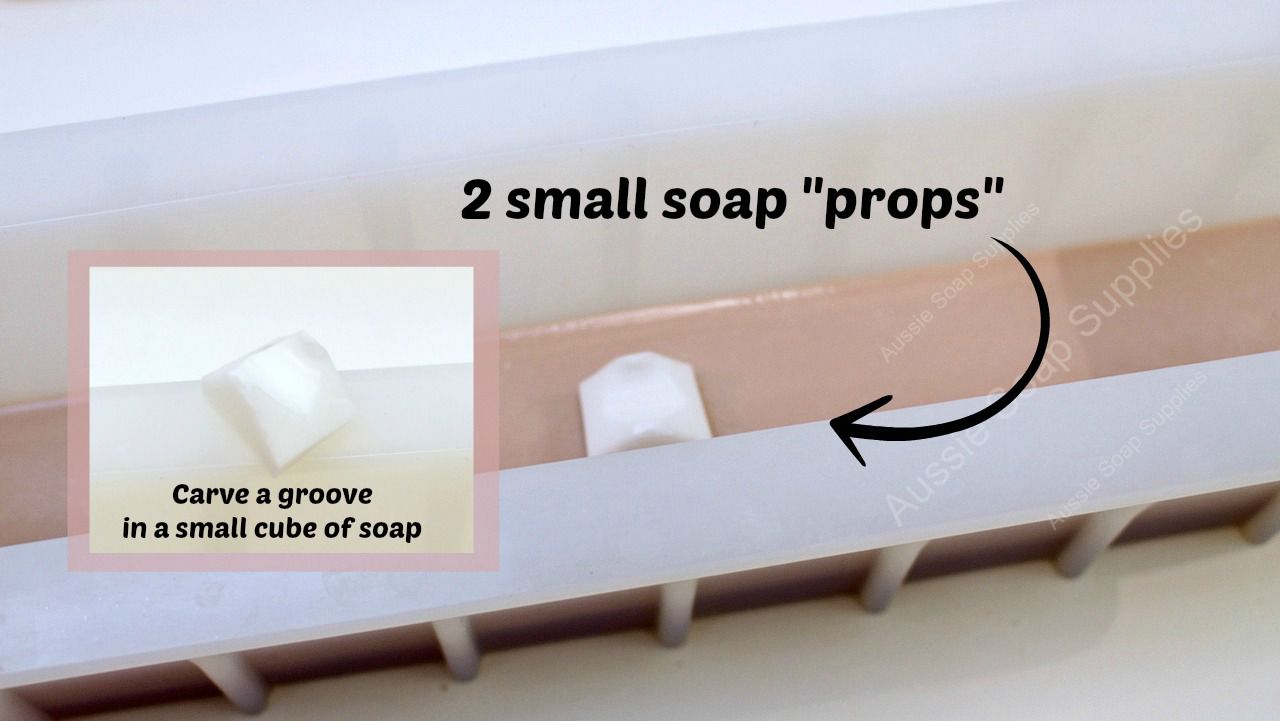
If using single embeds in a loaf you’ll need to make a row of soaps, to be cut into slices later. The spacing of these is critical. Don’t forget, if you are using loaf moulds you are usually working upside down, but with our Wooden Log Mould (watch for leaks with MP) you are working from the top. Pour ½ to 1cm of soap and when nearly set, lay out the embeds and then spritz with alcohol. Pour a thin layer of overpour to fully anchor the embeds into position. Once really set, carefully finish the overpour. By lining up the single hearts, or say, goldfish, you can take the cutter using the guide, straight down each side of the embed making single slices of embedded soap.
The timing will depend on how hot the soap is, the size of embeds, the time of year and volume of soap in the moulds.
How do I embed into single cavity moulds?
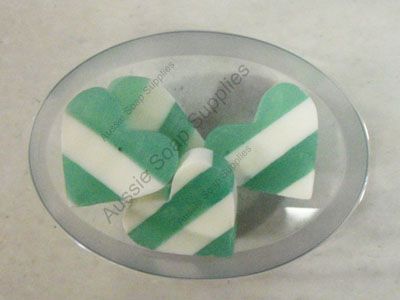
Most of the above instructions on how to embed soap embeds in loaves also apply to single cavity moulds for toys, fish etc – just remember that when you unmould, the “top” of the actual soap is the bottom of the mould cavity when you are pouring the soap! SO………don’t forget to put the toy in upside down!
There are several methods to do this:
-
Melt the soap as usual and chose a suitable fragrance. Usually you’ll use a clear or transparent base so that you can get the best clarity and see the embedded soap or toy. Don't heavily colour this soap because you want the soap to be easy to see. Set the soap aside and allow it to cool until a thin skin forms on top. Break through the skin and pour into the mould. It is important that the soap be a little cooler before you embed the soap inside, otherwise the pieces of soap will simply fall to the bottom. Alternatively, you can let it cool in the mould and then peel off the skin that forms a few minutes later. Now, spritz the embed or soap pieces you are embedding AND the surface of the soap with alcohol, and then nudge the pieces (or toy) into the soap. If it is too cool small bubbles of air will be trapped around the toy, so this method does take a little practice.
-
Alternatively the toy or soap embeds can be placed directly in the base of the mould. Spritz with alcohol and pour a little soap around it to anchor it. Leave a few minutes to set. Then spritz the surface and carefully pour warm/warm-hot base over the top and adjust if necessary. Allow to cool thoroughly then remove from the mould as usual.
-
Another method you may prefer is to pour a couple of millimetres of clear soap into the mould. Allow to set and then spritz the embed (or toy) and place onto this base. Now carefully pour the rest of the soap around the embed/s and allow to set.
Using Offcuts and Left over Soap

What do I do with the offcuts and bits I have left after finishing a project?
Don’t waste them!! Depending on the size, they can be embedded into either Melt & Pour Soap or Cold Process Soap to make confetti soap – bright and lovely with contrasting coloured embeds. But, mostly soapers tend to want to re-melt them, so seal them into a ziplock bag to keep them fresh and sweat-free and re-melt in your next project. There are several full tutorials in the Melt & Pour Soap formulary showing you how to use up bits and pieces of soap.
Spritzing with Alcohol
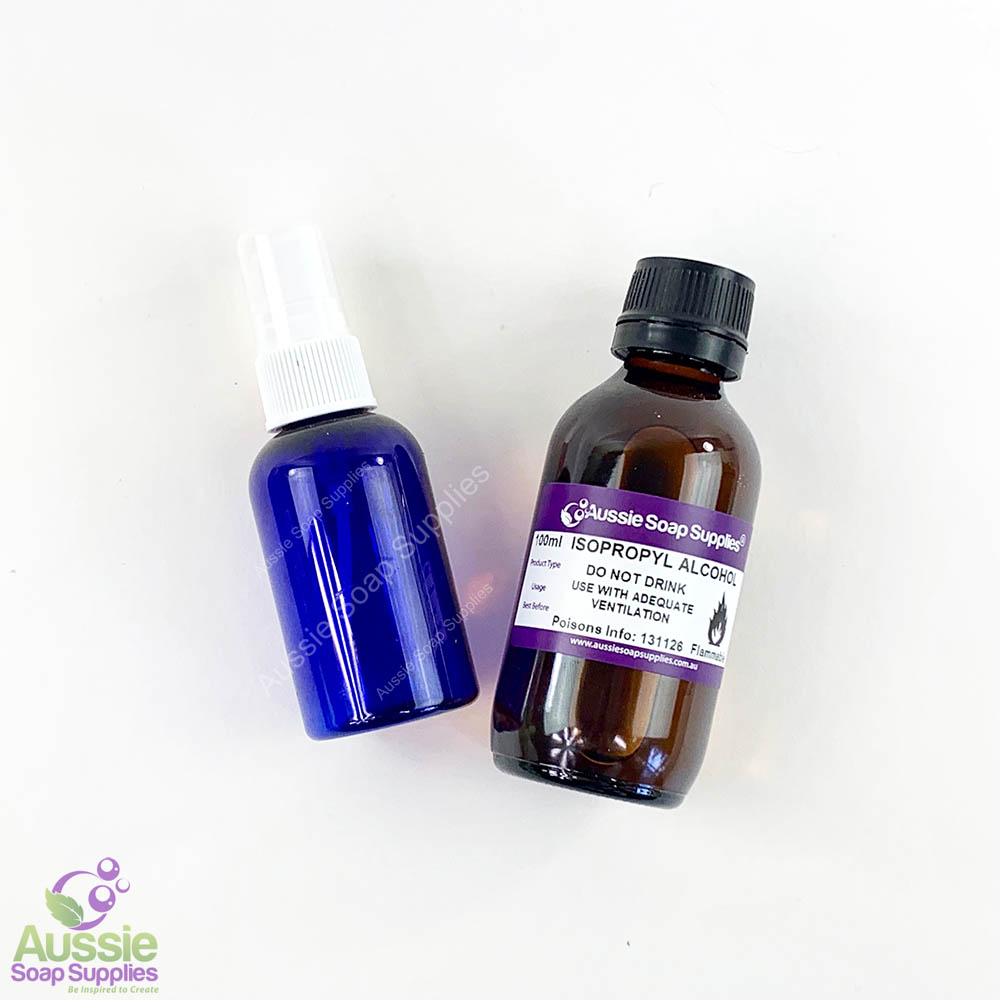
Why is there foam or bubbles on the back of the soap after I pour it?
If you pour when the soap is too cool and syrupy, air gets trapped and then tries to escape as the soap cools. If this is the case, you’ll need to shave this off the back of the soap or remelt if the whole bar if it’s really unappealing.
The other reason is that you poured and/or stirred a little over-enthusiastically. Spritz IMMEDIATELY with Isopropyl Alcohol once you have poured and instantly the bubbles disappear. Don’t sniff the alcohol though – YUK – and don’t worry, the smell dissipates virtually immediately and it can’t be detected in your finished soap.
I’ve read that sometimes you should add some water to MP Base –
why would you add water?
This is ONLY DONE if you have melted and re-melted your base repeatedly. Sometimes if you don’t cover the soap as it is melting, or have made lots of batches and have mixed lots of left overs, you may have lost moisture and this affects the finished soap. We suggest adding water ONLY if you have remelted the base numerous times. The addition of water helps compensate for any loss of evaporation which may have occurred due to multiple heatings.
Fragrance and Essential Oil Usage
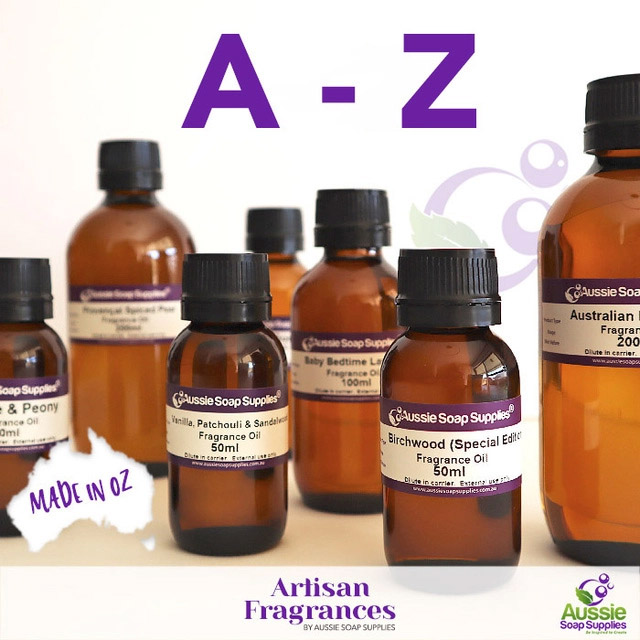
What is the difference between Fragrance Oils and Essential Oils?
So much hype surrounds scent! Both of these aromatics can be used for your soap, lotion, shampoo etc. Our Fragrances are formulated by specialists for Cold Processed, Melt & Pour Soap and skin care products. They are safe to be used in all skincare and soap products.
What is the difference between them then?
Essential Oils are the aromatic liquid that has been extracted from a plant, or parts of plants. They may be cold pressed, distilled, solvent extracted or CO2 extracted. They are often used for their therapeutic value as well as their aroma. Many are pungent, some are quite amazing, and all are very concentrated. Even though they are extracted from plants, some people can be sensitive to Essential Oils, just as they can be sensitive to Fragrance Oils. Always check for contra-indications for their use (which means there may be reasons that you should avoid using an Essential Oil), and they should be used with great care as they are highly concentrated. For those seeking a totally natural aroma, Essential Oils are the choice for you.
Fragrance Oils are made by the combination of aromatic and non aromatic ingredients – usually synthetic, but many also contain Essential Oils. We consider our Fragrances to be safe synthetics and they are made purely for cosmetic use and are suitable for use in all body care applications. Fragrances are often suitable for people who may not be able to use Essential Oils and vice-versa.
How much Fragrance or Essential Oil do I use? Some are really strong 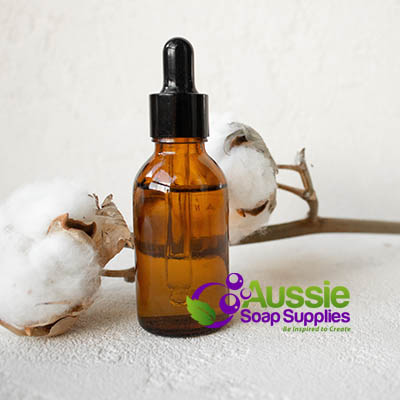
Melt and Pour Soap usually requires less fragrance and essential oil than Cold Processed Soap does, so it’s a little more economical. It can be a bit difficult to judge if you don’t measure the amount you are adding because you are adding the scent to hot soap, and this makes the fragrance lift off and you think there is more scent in the soap than there will be once set. It is a little like using an Oil Burner, the warmth lifts off the volatile oils.
There is no exact amount which covers all aromatics because some essential oils and fragrances are very strong, and others lighter and more subtle. However, as a general guide the following is useful for safety:
For MP Soaping: You can use Up 2.5% Fragrance/Essential Oil for the weight of the soap. This is the maximum for safety, but mostly we use 1 – 1.5% in Melt & Pour Soap.
Note: Very strong Essential Oils such as Lemon Myrtle, Lemon Eucalyptus & Peppermint etc, should be used at much lower concentration (Maximum of 1.5%)
To scent 500g of Soap Base at 2.5% use 12mls/g of Fragrance/Essential Oil *maximum
To scent 500g of Soap Base at 1% use 5mls/g of Fragrance/Essential Oil
If you are measuring in drops, there are approximately 20 drops per ml.
As an example, for a 100g bar of soap at 1.0% you would use 20 drops or 1ml.
Remember, you don't have to scent as high as 2.5% (we don't need that much in MP), so to judge for your preference and nose, make a 100g bar, count the drops of scent you add. Allow to set, sniff, and then keep a note for future larger batches.
The scent of my finished soap seems to have faded.
I thought I put enough fragrance in, but why can’t I smell it?
You can accidentally affect the scent by “burning off” the fragrance or essential oil scent by adding it to soap that is too hot. So to avoid this, ensure the soap temperature doesn’t reach more than 60°C. You can use a thermometer to check the temperature if in doubt.
I think I did something wrong - it's turned brown and gone off!
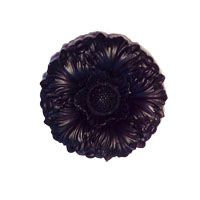
This question should read: I added Vanilla Select Fragrance (or any other vanilla based fragrance) to my soap and it has turned brown. Has it gone off?
(This question also applies to any foody fragrances as well as many other yummy fragrances)
This is the result of the vanilla in the fragrance oil. Most discolouring fragrances contain vanilla, and some contain more than others. The soap appears normal after you unmould, BUT... as the soap ages (this can take as little as one night, or as long as six or seven weeks) it begins to discolour. It may begin with just a few areas, or an all over suntan, but within days it can turn a dark brown colour.
How do you combat this? Plan your soap! All of our fragrance oils have notes in their descriptions to alert you to any possible reactions.
Most of the discolouring fragrances are well worth working with, or we wouldn’t stock them. You may wish to purchase some Vanilla Colour Stabiliser – this is very economical and you add this at a ratio of 1:1, so if you add 20 drops of Fragrance, you add 20 drops of Stabiliser, or 1 teaspoon of Fragrance, and 1 teaspoon of stabiliser. This inhibits the discolouration to a huge degree and your soap may only turn cream or ivory colour instead of brown or tan. Vanilla Colour Stabiliser is NOT suitable for CP Soap, only Melt & Pour Soap. The easiest method is to embrace the scent and work with it!
See our Vanilla Discolouration Info Page HERE
My Soap is cloudy and I wanted really clear soap.
Cloudiness can be a challange. Some fragrances tend to cloud up, and some don’t. We recommend a small trial batch to check before embarking on an important project. It helps to ensure that you stir the fragrance into your soap thoroughly using slow stirring. It can take a few minutes to fully incorporate into half a kilo of soap. If the fragrance is not thoroughly mixed in, it will cloud the base.
You can try the following if clarity is really important. This will be an experiment – remember, each fragrance will vary, drum to drum, and base to base.
- Try adding some alcohol (isopropyl is fine) - Up to approximately 2 tablespoons per kilo of soap. Note: this may make your soap a little drying and leave a slight odour.
- I personally haven’t tried it, but I have read that 2 tablespoons of sugar per kilo of soap helps with clarity. This may make the soap a little sticky and a little softer.
- Add 120g (1/4 cup) Vegetable Glycerine per kilo of soap. This may help with the clarity, but will increase tendency to sweat
Note: Many bases are made with vegetable oils which means they will always have slightly less clarity and have a pale honey colour in comparision to surfactant based Melt & Pour Soap Bases.
Adding Herbs and Flowers
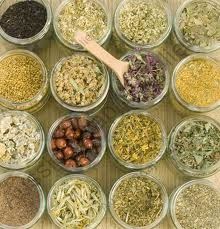
I grow lots of herbs and flowers, can I add these to my Melt & Pour Soap?
I tried Rose Petals in my soap and they all went brown and/or mouldy – what did I do?
You will always get slimy or mouldy soap if you add fresh rose petals or frangipani flowers to your MP Soap. That’s unfortunately the way it is. It is a moist environment and they are going to turn into compost! If you wish to experiment, ensure the botanical material is WELL DRIED and the pieces are very small or fine. Calendula petals are fine and look so nice in white soap and won’t cause you any problems with mould. If you add dried lavender flowers, you'll eventually get mouse poo! So for Melt & Pour Soap either add some dried botanicals on top of the bars so that most of the material is out of the soap, or use a coffee grinder to powder your home grown herbs and flowers and this will add a slight exfoliation, but you'll certainly have them in there.






